If you don't know a lot about the unicorn of the sea, you are not alone. When I was younger, I didn't believe these animals were real. They seemed like something made up from my storybooks. However, narwhals are real, and they are actually pretty interesting. Here are 10 narwhal facts that might just make these your new favorite animals.
1. Their Tusks Are Actually Teeth
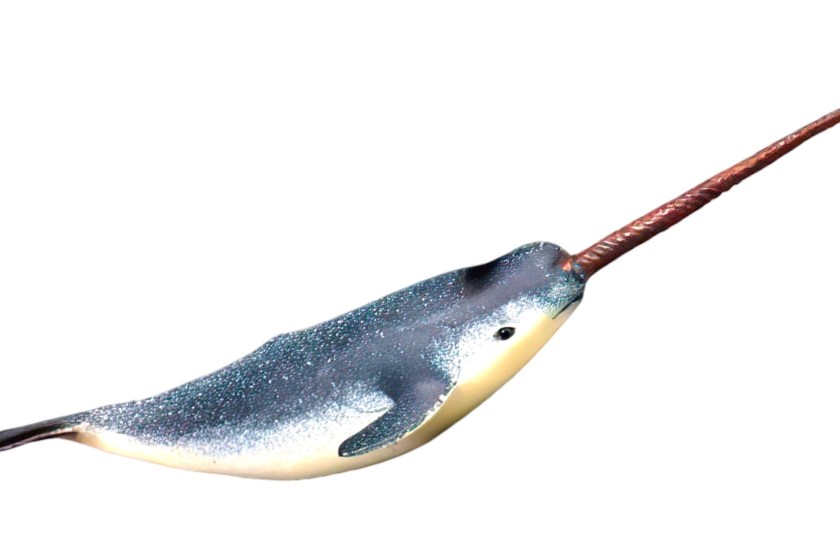
Shutterstock Image
That famous unicorn-like horn that the nawhals possess is commonly referred to as a tusk. However, it is not a tusk at all. That tusk is actually an enlarged tooth, according to the World Wildlife Fund (WWF). These tusks are commonly found on males. However, they are not uniform throughout. Some narwhals have one tusk, others may have two, while some will have none.
2. Narwhal Tusks Can Grow Very Long!
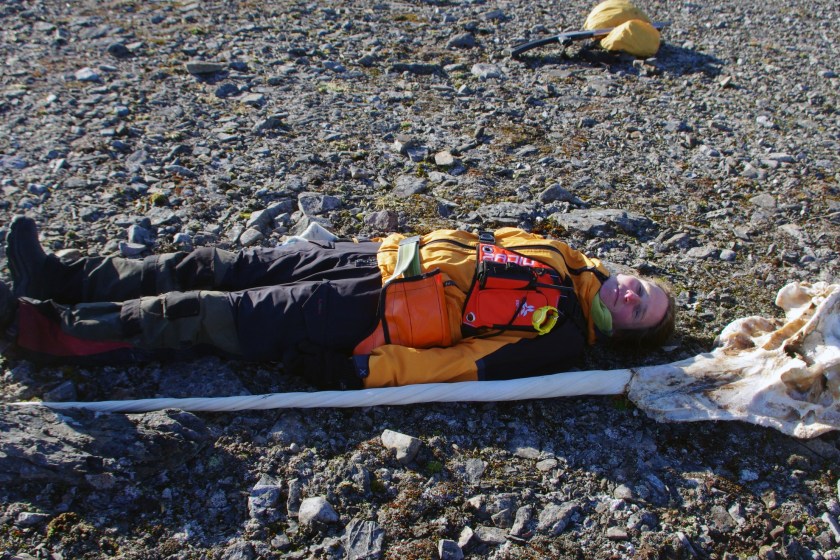
Shutterstock Image by: Michelle van Dijk
Those Narwhal tusks can grow exceptionally long! Typically, a male's tusk (or teeth!) grows between nine and 10 feet long! Can you imagine having a tooth that long!?
3. They Are Experts At Surviving The Cold

Shutterstock Images
Narwhals are experts at surviving the cold. While many other whale species will migrate to warmer waters, narwhals do not. Instead, they spend their entire lives in the Arctic waters. The WWF shares that "Most narwhals winter for up to five months under sea ice in the Baffin Bay-Davis Strait area."
4. They Can Dive About A Mile Deep

Shutterstock Photo
Although they prefer to spend most of their time near the surface, narwhals are great deep-sea divers. The Ocean Conservatory shares that they can dive as deep as 1.5 miles into the ocean. For those who need more numbers, that's approximately 5,000 feet deep. Additionally, they can remain underwater for about 25 minutes before needing to come up for air.
5. 75% of Narwhals are Found In The Canadian Arctic
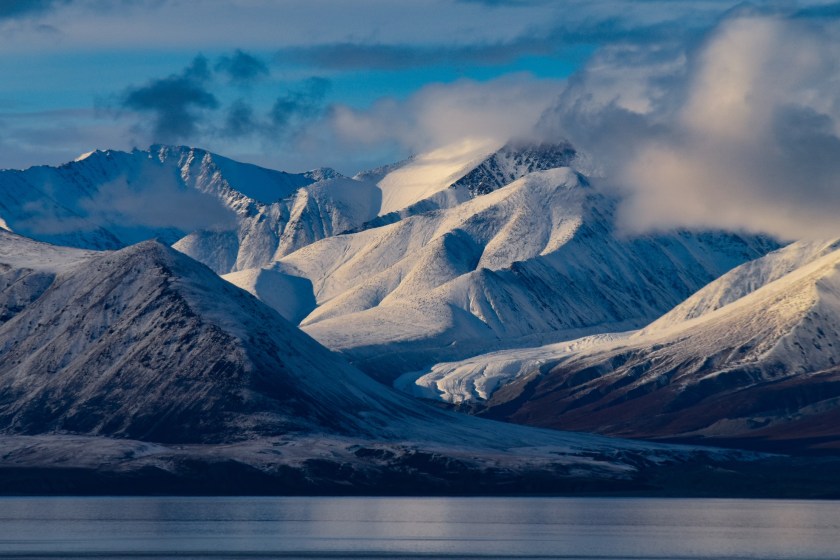
Shutterstock Image by: Exclusive Aerials
While narwhals are found across various Arctic regions, more than three-quarters of them can be found in the Canadian Arctic. Currently, narwhal populations are estimated to be around 80,000.
6. Narwhals Change Colors As They Age
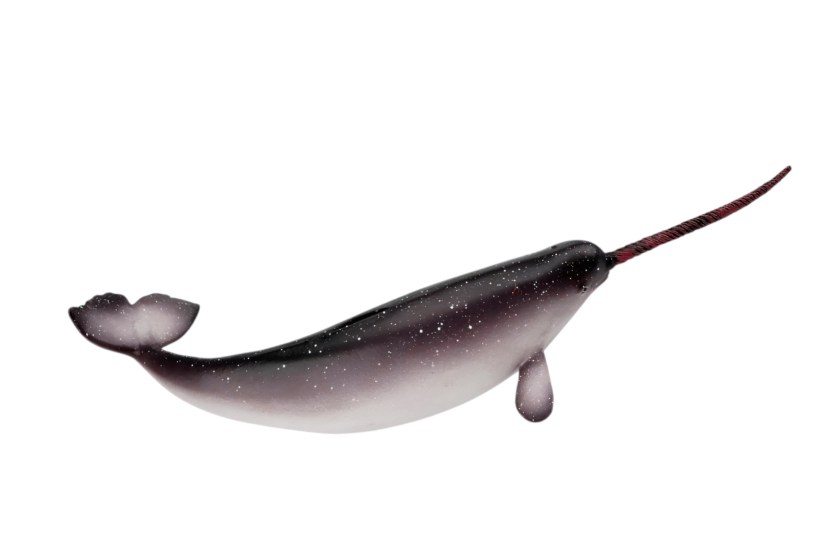
Shutterstock Image by: adi92
Next on our list of narwhal facts is a cool piece of information. Narwhals change color as they age. While it is common for some animals to appear different when they are young, narwhals continue to change as they age. Newborns start as a blue-grey color. Then, when they are young, they are blue-black. As adults, the narwhals appear mottled gray. Finally, when they are elderly, they are nearly all white.
7. Narwhals Live Up To 50 Years
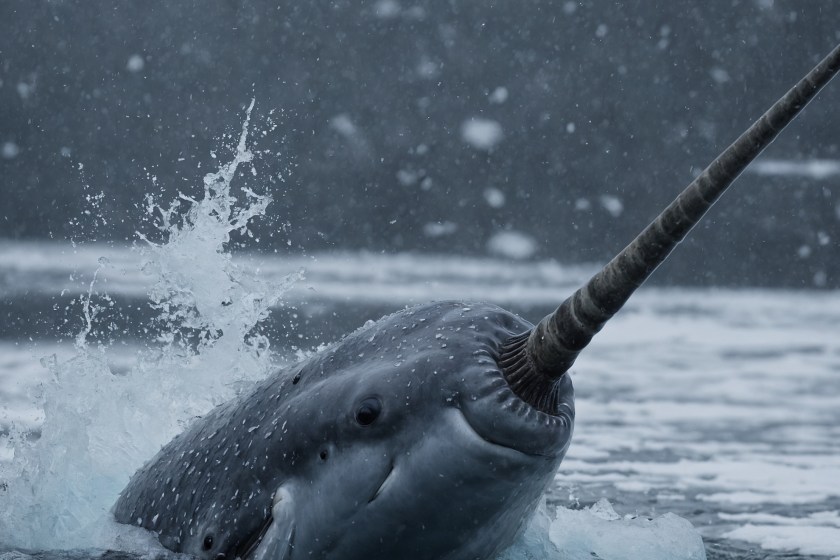
Shutterstock Image by: Saifullahphtographer
Narwhals live a pretty long life! Travel Nunavut shares that the average lifespan of a narwhal is between 30 and 40 years. However, it is common for many of them to reach up to 50 years old!
8. Narwhals Lack A Dorsal Fin
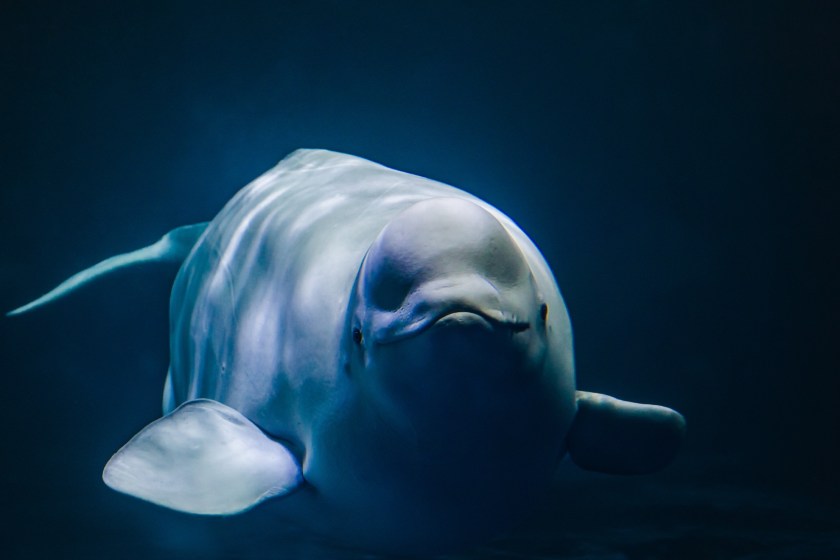
Shuttestock Image of a beluga whale by: Wirestock Creators
Another one of our narwhal facts is that they lack a dorsal fin. While some whales have a dorsal fin, many Arctic whales, such as the bowhead and beluga, do not possess one. Also in the category of no dorsal fin is the narwhal. This is mainly to prevent heat loss and to reduce surface area, which allows them to swim under ice sheets more easily.
9. Narwhals Have Very Sensitive Teeth

Shutterstock Image by: Olena Yakobchuk
Not only is that tusk a tooth, but it is probably one of the most sensitive teeth in the animal kingdom. I thought my teeth were sensitive, but the narwhal's teeth have "up to 10 million nerve endings inside each one", according to the Ocean Conservatory. Additionally, they share that all narwhals are born with two of these sensitive teeth. As they develop, the males usually have one tooth that becomes more prominent (the tusk), while the females typically lose their teeth.
10. They Are Facing Many Threats

Shutterstock Image
Last but certainly not least on our list of narwhal facts, we have some sad news. Like many other animals on our planet, the narwhal is currently facing many threats. Oil and gas development, as well as rising ocean temperatures and overall climate change, continue to impact these creatures. Additionally, increased development means more ships in the water, which increases the odds of collisions with these stunning creatures as well as noise that interferes with their communication.




